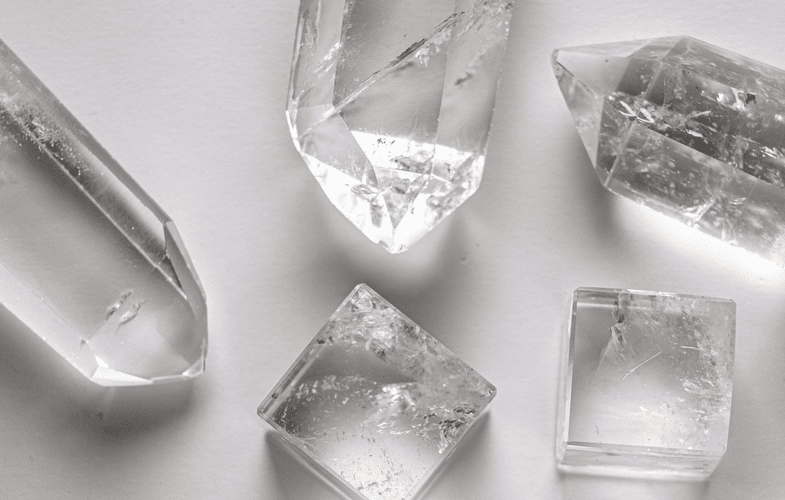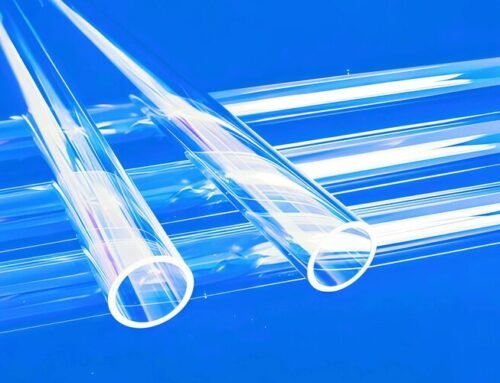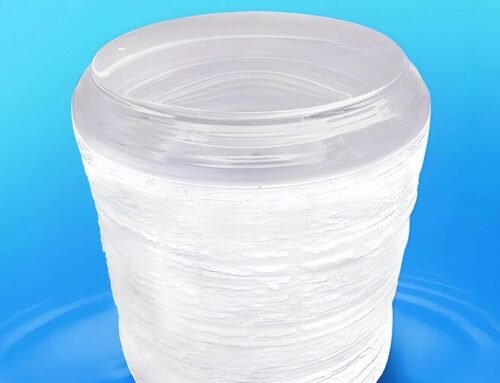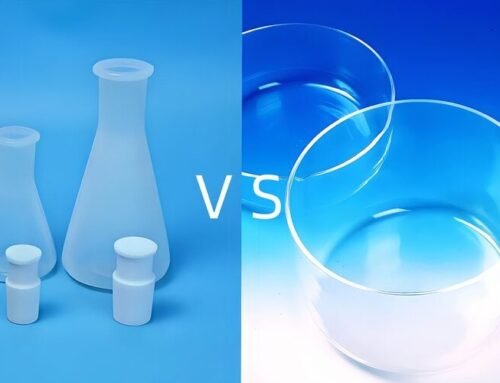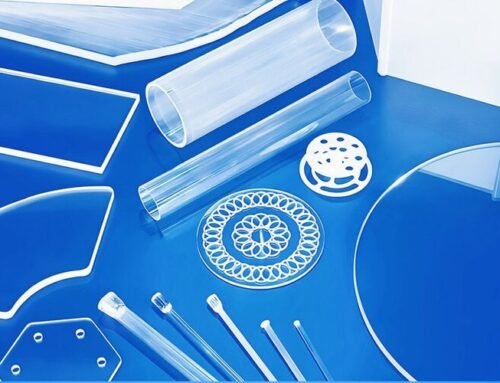- Structure of quartz glass and quartz crystal
Quartz crystal is characterized by a well-ordered crystalline structure composed of SiO2 molecules, exhibiting distinct crystal morphology and crystallographic plane. In contrast, quartz glass is an amorphous material with a disordered arrangement of SiO2, lacking regular crystalline morphology and crystallographic plane.
- Hardness and abrasionresistance of quartz glass and quartz crystal
Quartz crystal possesses significant hardness, rated at 7 on the Mohs scale, which confers exceptional abrasion resistance. Conversely, quartz glass has a hardness value of approximately 6.5, rendering it more susceptible to abrasion and scratching.
- Transparency and optical propertiesof quartz glass and quartz crystal
Quartz crystals exhibit high transparency along with favorable optical properties such as a large refractive index, minimal scattering, and low dispersion. These characteristics make them ideal for the fabrication of high-precision optical components. Although quartz glass displays slightly lower transparency and a reduced refractive index compared to quartz crystals, it remains suitable for applications in manufacturing glass products that require high temperature resistance, high pressure resistance, and high strength.
- Applications of quartz glass and quartz crystal
Quartz crystals are a ubiquitous material in a multitude of fields, including the electronics industry, communication, radar, and other areas such as crystal vibration, filters, resonators, and piezoelectric components. Conversely, quartz glass is a highly versatile material, used in the production of high-strength containers, high-temperature windows, and abrasives with exceptional hardness.
- Production processesof quartz glass and quartz crystal
(1) Preparation methods:
Quartz crystals are formed in a natural or an artificial synthesis, whereas quartz glass is formed by the cooling of melted quartz crystals and other materials after heating.
- Preparation difficulty:
Quartz crystals are difficult to prepare, while quartz glass is relatively easy to prepare.
- Conclusion
While both quartz glass and quartz crystal are derived from quartz minerals, they exhibit significant differences in their structural characteristics, hardness, optical properties, and applications. A thorough understanding of these distinctions can enhance the comprehension of how quartz glass and quartz crystal are utilized across various fields.
